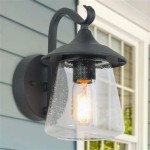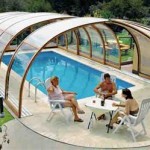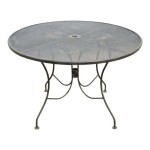Essential Aspects of Big Outdoor Pot Plants
Enlivening your outdoor spaces with large, captivating pot plants can transform them into oases of beauty and tranquility. However, selecting and caring for these majestic plants requires careful consideration to ensure their vitality and aesthetic charm.
1. Choosing the Right Pot
The size and material of the pot play a crucial role in the health of your outdoor plants. Choose a pot that is large enough to accommodate the plant's root system while providing ample space for growth. Drainage holes are essential to prevent waterlogging, which can lead to root rot. Consider the pot's weight and durability, as well as its compatibility with your desired style.
2. Potting Mix and Fertilization
The potting mix should provide a well-drained environment with adequate nutrients. A blend of compost, perlite, and peat moss offers a balanced combination of aeration and moisture retention. Regular fertilization is vital for supplying plants with the essential elements they need for optimal growth. Follow the instructions on the fertilizer label for the recommended application frequency and dosage.
3. Watering and Sunlight Requirements
Outdoor pot plants require regular watering, especially during hot and dry weather. The frequency will vary depending on the plant species, pot size, and climate. Check the soil moisture level regularly by inserting your finger an inch deep into the soil. Water deeply until excess water drains from the pot's drainage holes.
Plants have different sunlight requirements. Some thrive in full sun, while others prefer partial shade or full shade. Research the specific needs of your plant species to ensure it receives the ideal amount of sunlight for optimal growth and flowering.
4. Temperature and Humidity Considerations
Temperature and humidity levels can greatly impact the well-being of outdoor pot plants. Some plants are sensitive to frost or extreme heat, while others may require a humid environment for proper growth. Consider the climate conditions in your area and choose plants that are suitable for your specific environment. Protection measures, such as frost covers or shade cloths, may be necessary during extreme weather conditions.
5. Pest and Disease Control
Outdoor pot plants can be susceptible to pests and diseases. Regularly inspect your plants for any signs of infestation or disease. Implement preventive measures such as using insecticidal soap or neem oil, and avoid overhead watering to minimize fungal diseases. If necessary, treat affected plants promptly with appropriate pesticides or fungicides.

Top 10 Plants For Pots And Containers Bbc Gardeners World

Make A Statement Best Extra Large Pots For Indoor Outdoor Plants Flower Power

Make A Statement Best Extra Large Pots For Indoor Outdoor Plants Flower Power

Make A Statement Best Extra Large Pots For Indoor Outdoor Plants Flower Power

49 Best Shrubs For Containers Bushes Pots Flower Outdoor Container Gardening Garden

Large Extra Garden Plant Pots Taylor Made Planters

Large Outdoor Flower Pots Planters Sereno

Growing Plants In Containers Rhs Gardening

Commercial Planters Plant Containers Large Interior Exterior And Public Realm Iota

Pots Containers Plantscapes








